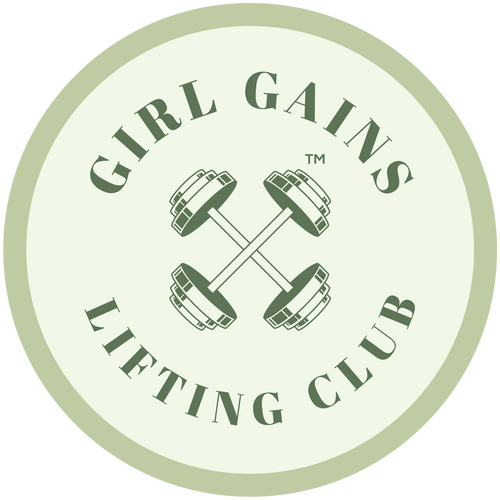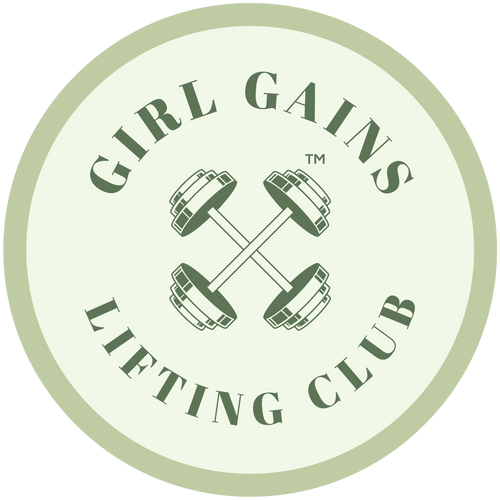![]() Sarah Omar
Sarah Omar
I‘m sure you are familiar with the pain that comes with beginning your fitness journey, or coming back after a break as short as two weeks. From trying to stand up to even just laughing, every movement makes you more aware of your soreness. Soreness is something everyone deals with from time to time. After a period of taking a break from daily movement, you might find that recovery takes a bit longer. Recovery and rest are key to the gains! So here are 5 tips on how to recover from or minimize post-workout soreness.
There are actually two different types of muscle soreness: lactic acid buildup and delayed onset muscle soreness (DOMS). Lactic acid buildup occurs within the first 24 hours of exercising and contrary to popular belief—this is not the cause of the soreness that you feel. Soreness is actually due to the micro-tears in your muscles fibers post-workout. This delayed onset muscle soreness begins between 24-72 hours after an unfamiliar physical activity such as a new exercise routine. Beginners experience muscle soreness because they are not used to the stress on their muscles and connective tissues, while intermediate and advanced fitness enthusiasts can experience DOMS upon high intensity sessions or when commencing their seasonal training.
Thank the fitness gods that there are a lot of ways you can speed up your recovery and we have all the research of our people's pasts to show for it.
Active Recovery
A warm up and a cool down can help you create strides in your recovery time. I personally like to do 5 mins of cardio before I workout and then I take my dog on a 30-45 min walk after the gym! I also do a couple minutes of a mobility routine before and after my workout. This is probably my favorite part of my workout as I really like to take my time to make sure I can get the best lifts possible that day.
Mobility examples:
Upper body: shoulder flossing, stretching with a band, cat-cow, scapular pushups, I’s, Y’s, and T’s
Core: plank variations, shoulder taps, superman
Lower body routine: pigeon pose, hip circles, glute bridges, donkey kickbacks, downward dog, leg swings
Massage Guns and Foam Rolling
Percussive therapy forces muscle fibers to release lactic acid, reducing the soreness you’ll feel. A massage may increase muscle blood flow and reduce muscle swelling. This type of massage helps distribute the thickened fascia fluid to relieve the pressure and tightness you feel. Repeated pressure at high speed thins the fluids, making the fascia more pliable so that your muscle can move easier.
I use the Hypervolt and a cheap foam roller I found at Walmart when I was 16, but you may be able to access these types of items at a major gym.
Epsom Salt Baths
Studies have found that heat application, like a warm bath, combined with “floating” in salt-dense water may reduce muscle aches and pains. So whether this is in the ocean or in your bathtub, you’re probably getting your recovery on. Dr. Teal’s is my favorite brand of salts, but Lush also has a nice section on muscle recovery if you’d like to treat yourself or a gym rat in your life.
Rest
When I think of rest I think of sleep. An increase in nightly sleep and reduced accumulated sleep debt are known to improve performance (American Academy of Sleep Medicine, 2009). Adequate sleep is necessary for all people but especially active folks. A solid 7-9 hours for the average person is recommended.
Recovery is a sweet way to take care of yourself... amongst already taking care of yourself by being active! Go you! No but really, if you put in the time to do any of this, I promise you will see a difference in your lifts and energy levels. I hope this helps anyone that is looking to integrate more self care into their current fitness routine. Go forth and conquer!
Till next time,
Sarah

References:
Driller, M., Argus, C. (2016).
Flotation restricted environmental stimulation therapy and napping on mood state and muscle soreness in elite athletes: A novel recovery strategy?, Performance Enhancement & Health, https://doi.org/10.1016/j.peh.2016.08.002. (https://www.sciencedirect.com/science/article/pii/S2211266916300147)
Welcome to the Girl Gains Publication 💌
We highlight inspiring, educational, and entertaining articles written by women for women. Happy reading!

